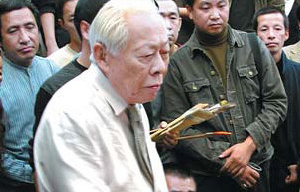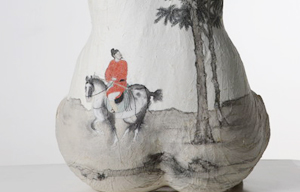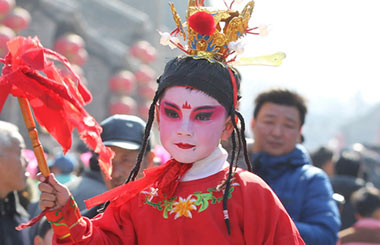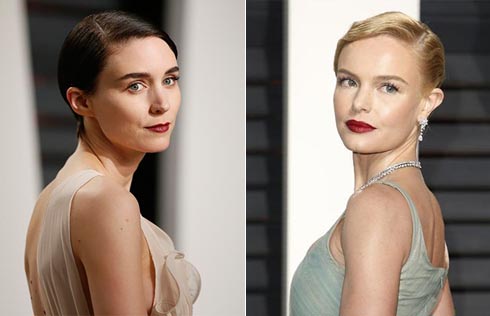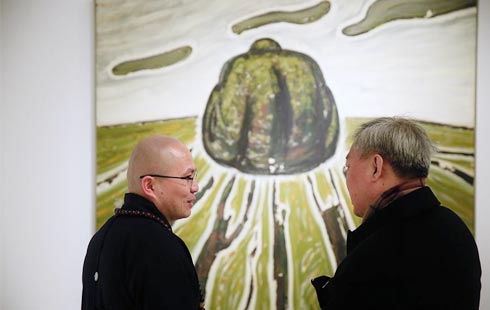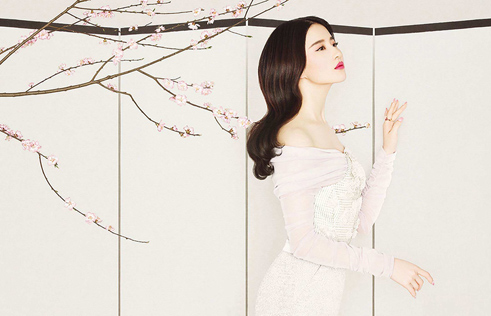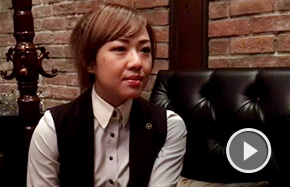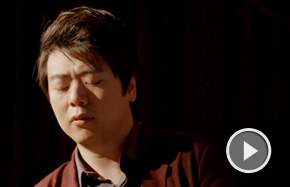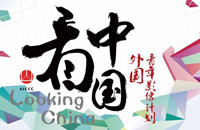Rare glimpse of pioneering art
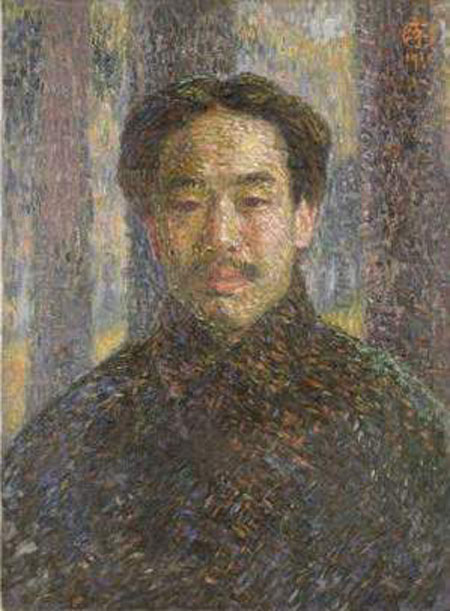 |
|
A Self-portrait, oil painting by Li Shutong. Photos provided to China Daily |
Most Chinese are familiar with the lyrics and melody of Bidding Farewell, but few realize the man who wrote the song in 1915 was the same oil painter and arts pioneer who introduced Western painting to China.
The exhibition Long-Lasting Fragrance: Study of Li Shutong's Oil Paintings, hosted by China Central Academy of Fine Arts, unveils two of Li Shutong's rare paintings: A Half-Naked Woman and A Self-portrait.
Li (1880-1942) was a famous artist, art teacher and polymath. In his mid 30s he became a monk and went on to be known as the Buddhist Master Hongyi.
"Li was a versatile genius of the last century. Some even call him China's Leonardo da Vinci," says Pan Gongkai, president of CAFA.
Li was born to a rich banking family in Tianjin, in 1880, and studied Western art at Tokyo University of the Arts in 1906.
Li and his peers were open and avant-garde compared to those studying the arts in Western countries, who tended to be realistic and conservative, claims Wang Huangsheng, curator of CAFA Art Museum.
After returning to China in 1911, Li taught Western art at Zhejiang Secondary Normal School, and was the first Chinese person to introduce nude models in his painting classes.
Li decided to become a monk in his mid 30s at a monastery in Hangzhou, Zhejiang province. At that time he was already a father of two sons.
"My grandfather only wrote a letter to the family to tell us of his decision," says Li Lijuan, one of Li Shutong's grandchildren. "He called on his family to be vegetarian and for his sons to educate themselves well."
|
|
|
| A salute to a legend's long life | Rethinking ink art |




